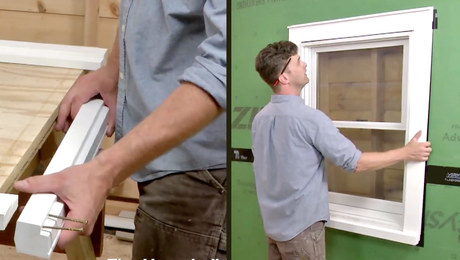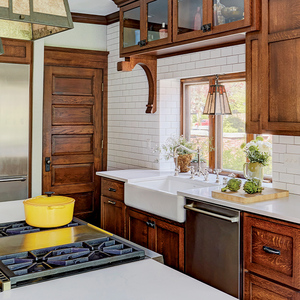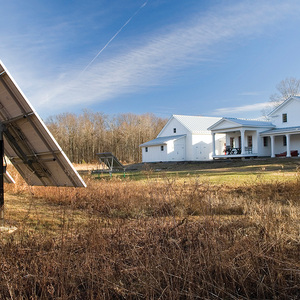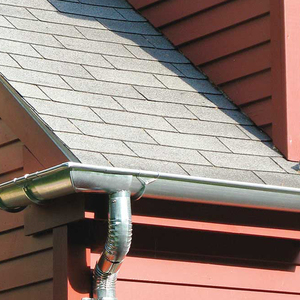I am looking for books/ information on framing with green lumber. I would like to fell timber, saw to standard dimension sizes with a portable mill, and frame without drying the lumber. I am not interested in timber framing. The first projects will be barns & outbuildings, so some shrinkage /checking is acceptable, however twisting is not. Thank you.
Discussion Forum
Discussion Forum
Up Next
Video Shorts
Featured Story

Dangerous electrical work and widespread misconceptions cause fires, deaths, and $1.5 billion in property damage annually.
Featured Video
How to Install Exterior Window TrimHighlights
"I have learned so much thanks to the searchable articles on the FHB website. I can confidently say that I expect to be a life-long subscriber." - M.K.
Fine Homebuilding Magazine
- Home Group
- Antique Trader
- Arts & Crafts Homes
- Bank Note Reporter
- Cabin Life
- Cuisine at Home
- Fine Gardening
- Fine Woodworking
- Green Building Advisor
- Garden Gate
- Horticulture
- Keep Craft Alive
- Log Home Living
- Military Trader/Vehicles
- Numismatic News
- Numismaster
- Old Cars Weekly
- Old House Journal
- Period Homes
- Popular Woodworking
- Script
- ShopNotes
- Sports Collectors Digest
- Threads
- Timber Home Living
- Traditional Building
- Woodsmith
- World Coin News
- Writer's Digest


















Replies
Its not far from that at the lumber yard.
What you are asking doesnt get tried very often. I do know a man with a band mil that builds with out drying.He says it works as long as its nailed and covered quick. I havent seen the buildings.
Tim Mooney
I've had a Woodmizer since I bought it new in '89 and cut all the framing lumber and beams for my house and a lot of others.
If the lumber is going to be used green, like most of the framing lumber available anyway, and I'm not going to use it right away, I sticker it up in a straight and level pile blocked up about a foot above the ground over a ground sheet to keep the bottom courses dry.
The bandmill, if properly set up and the blades sharp and set correctly, will cut nearly as true as planed lumber and you can cut to avoid wane which is a big advantage when finishing out a building. You do have to trim both ends, of course, which adds an extra step, but it's not a big deal.
A competent sawyer, by watching the wood react off the log as its cut, can eliminate a lot of the internal stresses of a log to reduce a lot of the potential squirreliness that can be found with a lot of today's manufactured lumber which is often cut from young, course-grained plantation timber.
I cut mostly Doug Fir and various cedars, all of which are pretty reliable species for building construction. I have had good success with hemlock, various pines and some of the "true firs" by paying attention when sawing.
I've also felled and yarded timber, sawed it and put it up the same day with no adverse affects.
Before getting into a homebuilding project, find out what your inspector may require for graded lumber. I ran into that problem early on and, even though my material was superior to that of that available in the lumber yards, I had to get a stamp for lumber going into a residence.
It's a good way to save money, a lot of work, but satisfying in the end.
Here's a house I built several years ago for a client. All the framing lumber was cut from his trees. The house is 5600 sq. ft. and took about 28,000 bd. ft.
Have fun and email me if you want more details.
Jules Quaver for President 2004
For shop, garage etc you should be fine.
More tricky for residential. Do you mean cut to 1-1/2" x 3-1/2" or cut to 2x4?
Shrinkage will not only effect dimensions but also wall thicknesses and crowns. I would not build a residence for finishing without first sceduling a year after it is built for curing in place with a roof on.
Excellence is its own reward!
This article has some good information about species and kiln drying in regards to larger beams.
https://arrowtimber.com/post-beam-timbers-drying-wood-species-shrinkage/